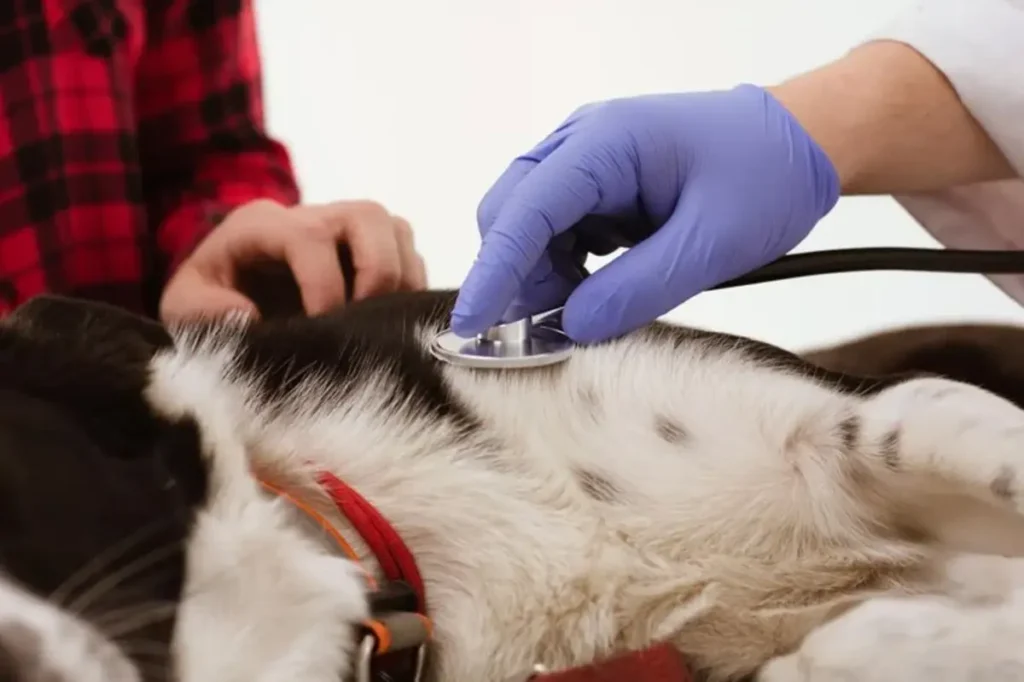-
P, 193, A, Ramakrishna Samadhi Rd,Kolkata- 700054
P, 193, A, Ramakrishna Samadhi Rd,Kolkata- 700054

Discover the latest techniques in surgical care for pet at one of the Best Pet Clinics, including minimally invasive and laser surgery. Learn how modern advancements ensure safer, faster recovery for pets.

Over the past few years, veterinary medicine has made remarkable strides, ensuring that pets receive top-notch care, especially when it comes to surgery. Whether it’s a routine procedure like spaying or neutering, or something more complex like orthopedic surgery, modern techniques have revolutionized surgical care for pet. These advancements aim to minimize pain, reduce recovery times, and improve overall outcomes for our furry friends.
As a pet parent, understanding these techniques can help you feel more confident and informed when your beloved companion requires surgical intervention. In this post, we’ll dive into the latest surgical methods, their benefits, and tips on how to prepare your pet for surgery. We’ll also answer some frequently asked questions to ensure you’re fully prepared to make the right choices.
Surgery is often a last resort, but in many cases, it becomes essential for your pet’s well-being. Pets may need surgical intervention for a variety of reasons, such as:
Fortunately, the latest innovations in surgical care for pet ensure these procedures are more precise, safe, and less invasive than ever before.

Veterinary surgeons now have access to groundbreaking tools and technology that improve outcomes while reducing risks. Here’s an in-depth look at some of the most advanced techniques:
Minimally invasive surgery involves smaller incisions, specialized tools, and high-definition cameras to perform procedures with precision. These methods are gaining popularity because they are less traumatic for pets compared to traditional surgeries.
Benefits:
Laser technology is increasingly being used as an alternative to the traditional scalpel for soft-tissue surgeries. A laser beam cuts through tissue while simultaneously sealing blood vessels, reducing bleeding and infection risks.
Common Applications:
Benefits:
Robotic technology is transforming complex surgical procedures by enhancing accuracy and reducing invasiveness. Veterinary robotic systems allow surgeons to perform intricate procedures, such as orthopedic and neurological surgeries, with exceptional precision.
Key Advantages:
While robotic-assisted surgery is still an emerging trend, its potential to improve surgical care is undeniable.
3D printing has opened new doors for veterinary surgery. Surgeons can create precise models of a pet’s organs, bones, or joints before performing surgery. This allows for better planning and execution of complex procedures.
Use Cases:
Benefits:
One of the significant advancements in surgical care for pet is the use of advanced anesthesia systems that ensure pets remain safe and comfortable during surgery. Real-time monitoring of vital signs like heart rate, oxygen levels, and blood pressure allows veterinarians to minimize risks.
What’s New:
Regenerative therapies like stem cell therapy and platelet-rich plasma (PRP) are increasingly being used in conjunction with surgical procedures. These therapies accelerate the healing process post-surgery by promoting tissue regeneration.
Applications:
Benefits:
Modern advancements in surgical methods directly benefit pets in multiple ways:
Proper preparation plays a key role in ensuring the success of any surgical procedure. Follow these steps for a stress-free experience:
When it comes to surgical care for pet, the expertise of the veterinary team and the technology available can make all the difference. An experienced team will prioritize safety, use advanced techniques, and provide compassionate care for your furry companion.

Yes. With advanced monitoring systems and minimally invasive methods, modern techniques ensure safety and faster recovery for pets.
Recovery depends on the type of surgery, but minimally invasive procedures often result in faster healing—usually within 1-2 weeks.
Veterinary clinics now use advanced anesthesia protocols tailored to each pet’s needs, ensuring maximum safety during surgery.
During surgery, pets are under anesthesia and don’t feel pain. Post-operative pain is managed with medications.
Look for signs like excessive swelling, redness, fever, or changes in appetite. Consult your vet immediately if you notice these.
The world of surgical care for pets has evolved significantly with the adoption of minimally invasive surgery, laser technology, robotics, and regenerative medicine. These advancements ensure safer procedures, reduced recovery times, and better overall outcomes for pets.
As a pet parent, staying informed about these innovative techniques can empower you to make well-informed decisions when your pet requires surgery. Selecting a reputable Best Pet Clinic in Kolkata equipped with the latest technology ensures your furry friend receives the most advanced and compassionate care possible.